TECHNOLOGY
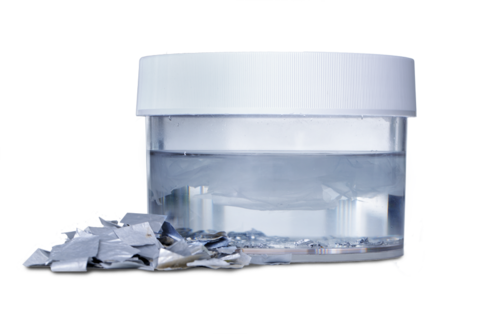
It might look
simple – but it isn't
between the layers of a multi-layer system. The liquid breaks this
system up separating it into individual layers. and “burst”
this open, separating the individual layers. However,
the trick is in the “composition” of this magic separation liquid.
Separating composite
materials using
separation liquids
on chemical mixtures for different applications.
The separation liquid channels its way between
the layers of the composite material, where its full effect
unfolds, resulting in the separation of the composite.
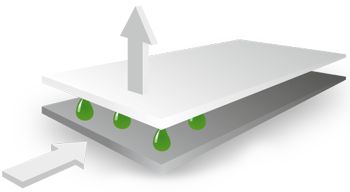

The separation
process
The entire process for recovery of obtaining saleable products <br>from composite waste is as follows:
01 CRUSHING
The first stage is to reduce the size of the material to create as <br>much contact surface for the separation liquid as possible and to <br>simplify material handling during the process.
02 SAPERATEC SEPARATION LIQUID
The core process involves treating the shredded composite material <br>in the separation liquid. The separation process is <br>conducted by stirring and warming up until the individual fractions<br> (“products”) are completely separated.
03 WASHING
First the products are screened out and the separation liquid is<br> reconditioned. Then the products are cleaned from <br>adhesions of chemicals with washing water<br> and the washing water is also reconditioned.
04 SORTING
The now clean products are sorted using conventional procedures<br> (float-sink, sifting, …) and obtained individually.
05 DRYING
Another final drying and occasionally follow-up treatments<br> are required, if necessary, to make the products saleable.
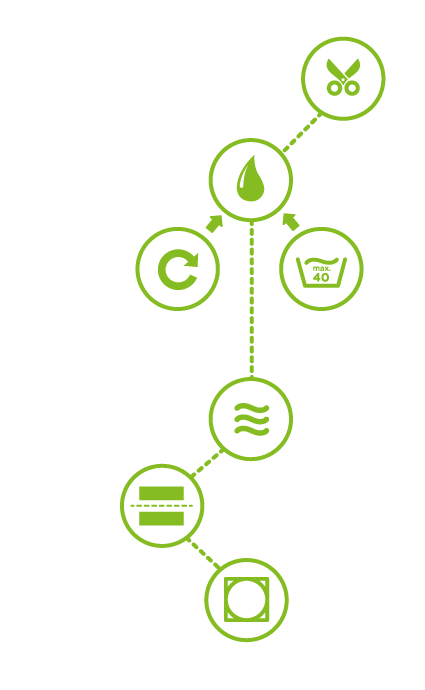
Applications
separation potential
The procedure is a platform technology that can be <br>used for recycling a wide range of materials.
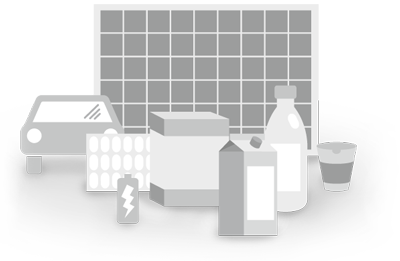
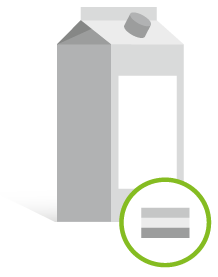
Used beverage cartons
Paper | Plastic | Aluminium
This practical beverage carton that has been used billions
of times is a composite of three different
materials, whereby separating plastic and aluminium in
particular has long been an unresolved challenge.
Packaging material
Aluminium | Plastic
Nowadays packaging should be light and functional. Therefore, it
increasingly consists of several materials. Examples include
packaging for dairy products,
coffee, confectionery, fresh products, cosmetics, pharmaceuticals and even pet food.
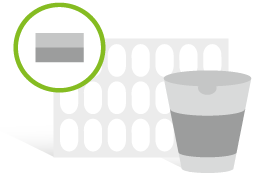
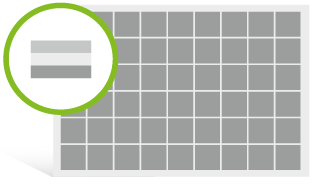
PV modules
Glass | Semiconductors | Plastic
The number of PV modules that have been mounted on roofs in just a few years is a real achievement, but at some stage they will become waste. The used raw materials will then have to be recycled. We make this possible by separating modules into individual components.
Li-ion batteries
Aluminium | Lithium metal oxide |
Graphite | Copper
Alongside modern electronics, these high-quality batteries are the driving force
behind electromobility. The valuable
metals such as lithium, aluminium and copper can only be reclaimed when the coiled layers are
separated again.
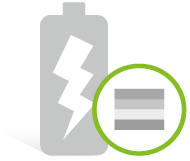

Car glass
Glass | Plastic
Car glass is a “sandwich” of two panes of glass with an adhesive plastic film in the middle. This film is of very high quality and can be reused after separation, just like the glass.

Something else you want to separate?
Do you have other interesting applications? Or do you have a specific task in mind involving the separation of a
composite material? Then we look forward to hearing from you!
TEAM
Five benefits in
one go

No incineration
Maximum added value
as the used raw materials are recycled


Contribution to environment
due to advantageous eco-balance of the process
High purity
of the obtained raw materials
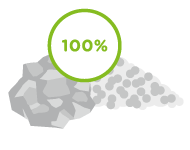
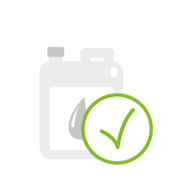
Reusable
as the separated liquid is<br>reconditioned and reused
Recovery of
raw materials
can be reclaimed as secondary raw materials,
thus fully preserving the cycle of materials – true sustainability!.
This is sustainable.
Win-win
situation
| … due to the sale of valuable secondary raw materials and image enhancement! |
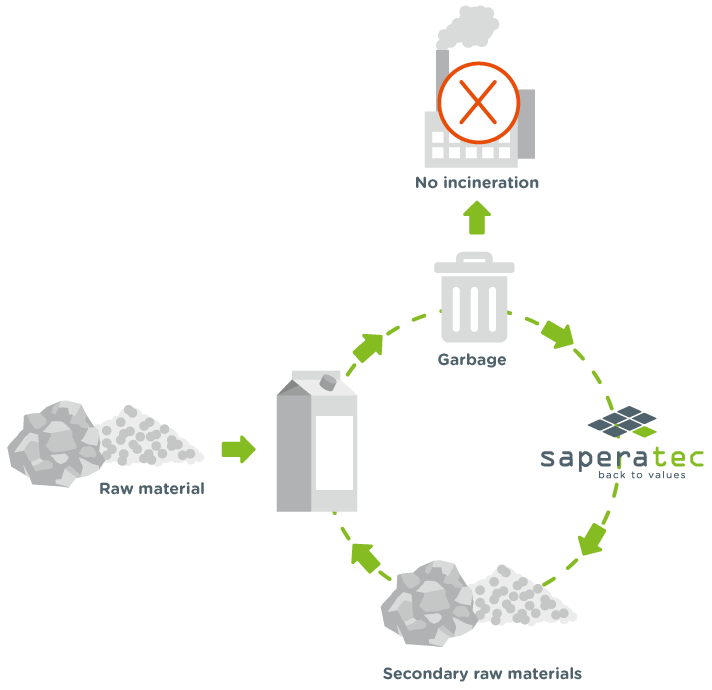



KONTAKT
Sie haben Fragen zu unseren Leistungen oder unseren Service?
Sollten Sie nicht auf Anhieb die gewünschte Leistung finden, helfen wir Ihnen gerne telefonisch oder per E-Mail weiter.
Sie erreichen uns telefonisch unter + 49 340 502 420 – 0 oder über unser Anfrageformular.
